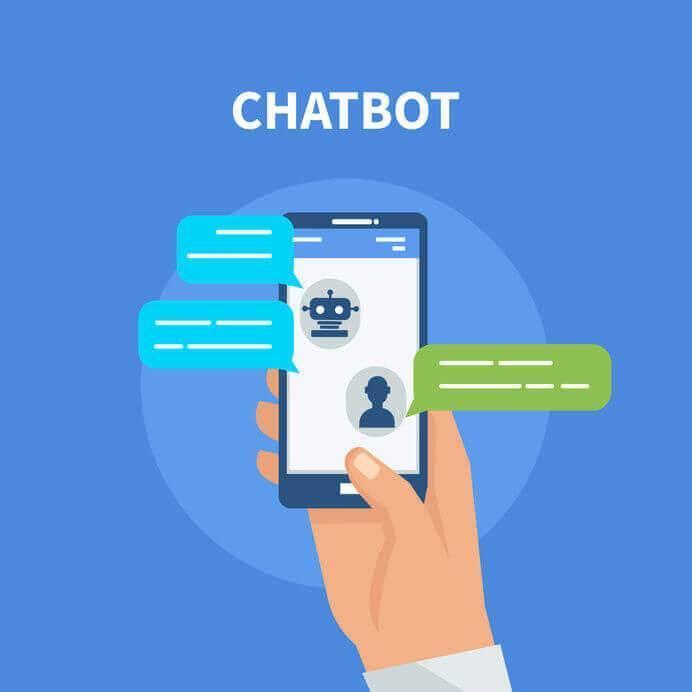By 2020, one in four customer service and support operations will have integrated chatbot or virtual customer assistant (VCA) technology and more than 40% of data and analytics projects will be customer-service centric, according to the latest research from Gartner.
Engaging customers in a personalized, efficient and seamless manner is what allows most companies to provide unmatched customer service, and hopefully, achieve business success. With the influx of AI technologies and open-source services, providing those services is becoming far easier.
What Does a Chatbot Do?
Chatbots, in particular, enable companies to make those personalized interactions possible. A chatbot is, “a service, powered by rules and sometimes artificial intelligence, that you interact with via a chat interface. The service could be any number of things, ranging from functional to fun, and it could live in any major chat product (Facebook Messenger, Slack, Telegram, Text Messages, etc.),” according to Chatbot Magazine.
By understanding the operations and platforms that facilitate the creation of chatbots, companies can take advantage of the latest technology and services, all the while benefiting customers and building a more robust digital transformation strategy. Chatbots can be used for the following things, weather, customer service, finance, grocery bot, booking or scheduling bot and so much more.
The advantages of employing a chatbot are already being realized by big companies, but there are numerous benefits that smaller organizations are beginning to recognize as well as the technology becomes cheaper and the cloud enables broader access. Thinking about employing a chatbot? Consider this, chatbots: are available 24/7, making them more reliable than human-based teams, allow teams to spend more time on core business objectives by automating repetitive work, increase efficiency and customer satisfaction for customer service or operations requests, and provide a greater flow of customer data and insights, and can save costs.
How to Build a Chatbot
Building a chatbot is far from difficult, in fact, for most developers and non-developers the process can be fast and fun. A plethora of open-source tools and cloud services make it easy for companies to build and design chatbots without spending months prototyping.
Depending on the complexity of the objectives of the chatbot, more or less sophisticated tools can be implemented, the trick is to choose a comprehensive and relevant choice of technologies.
Many tasks that can be carried out by a process can be reduced to a text message such as: “Report time, set an alarm, find hours of attention, information of an employee.” Making it much more efficient for the bot to handle human interaction and pass along automated tasks from there.
What Chatbot Programs Are Available?
Microsoft is one of the well-known players, with Bot Builder and LUIS (Language Understanding) which, “…allows your application to understand what a person wants in their own words. LUIS uses machine learning to allow developers to build applications that can receive user input in natural language and extract meaning from it.” Google has created DialogFlow. “Give users new ways to interact with your product by building engaging voice and text-based conversational interfaces powered by AI.”
As confirmed by Gartner’s research, Chatbots are becoming an increasingly popular part of digital transformation strategies and a great way for companies to interact better with and gain more insight from clients. If you’re looking for more information about how to start building your own chatbot, contact Perficient Latin America or take a look at these resources:
(https://dialogflow.com/docs/getting-started/basics) (https://github.com/Microsoft/BotBuilder) (https://www.marutitech.com/14-powerful-chatbot-platforms/)

